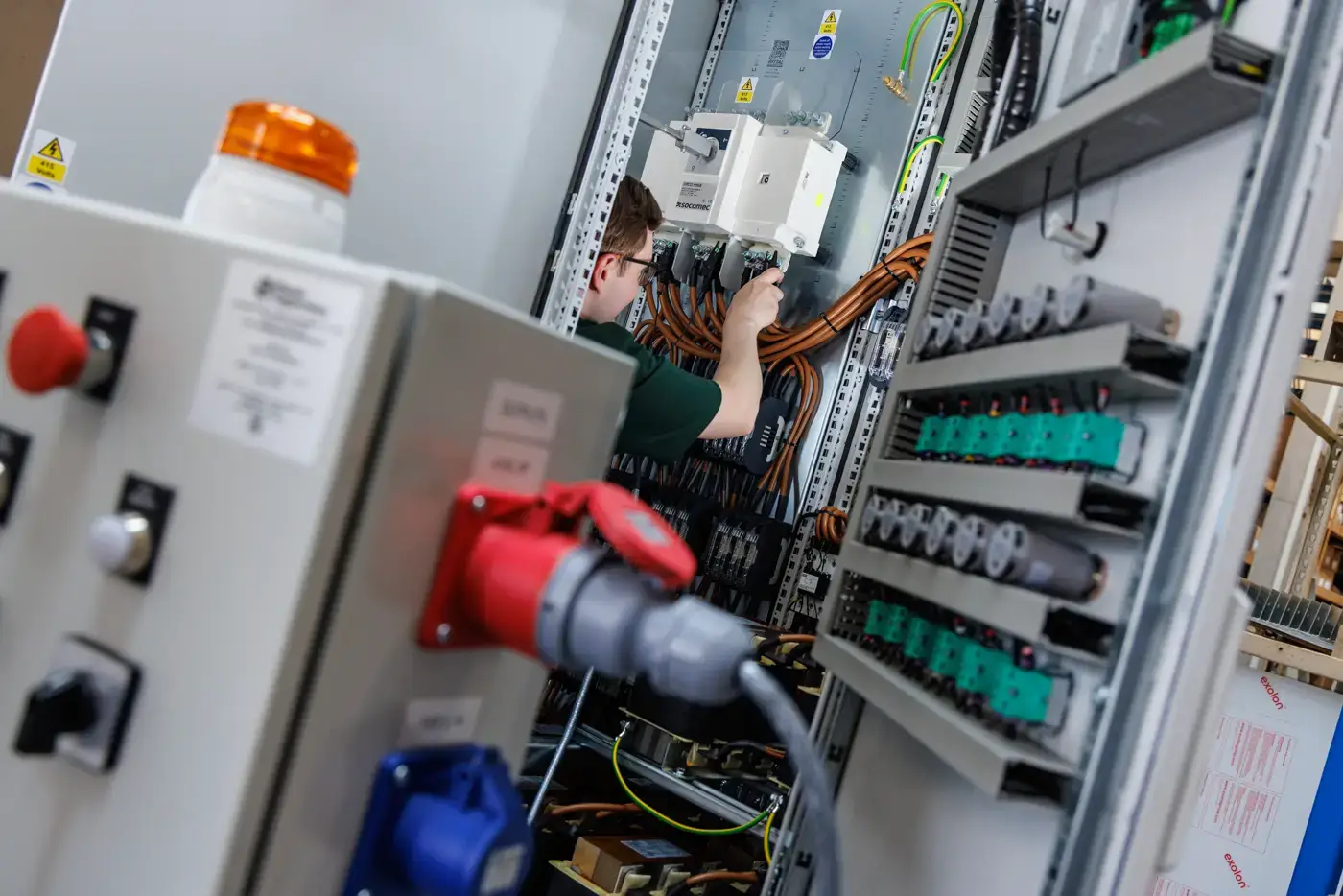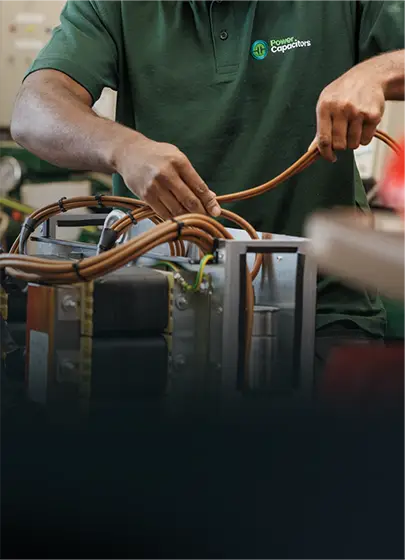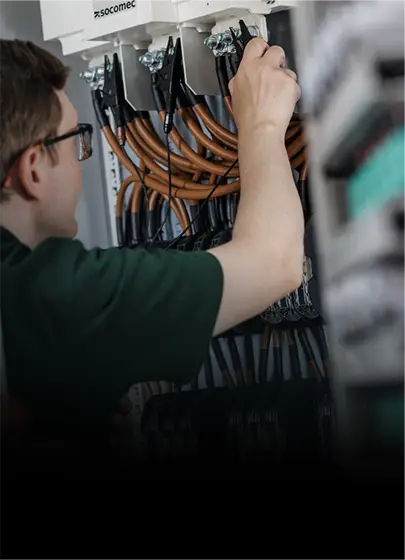Improving the power factor of your electrical system is key to improving your business. A poor power factor wastes energy and drives up infrastructure, so optimising it makes complete commercial sense.
With over 50 years in the business and with some incredibly knowledgeable and experienced long servers in our team, our reputation as ‘the power quality people’ goes before us.
What we offer
Turnkey PFC packages, or individual services:
The benefits
Improving or rectifying your power factor will deliver technical, commercial and environmental benefits.
Reducing reactive power cuts down energy waste and lowers electricity bills.
Optimising electrical systems reduces strain on equipment, extending its lifespan.
Greater efficiency means using less energy. The optimum PFC system can attract a reduction of 5% in the total CO₂ emissions for a building.
Many energy providers charge penalties for wasting energy. Power factor correction can eliminate this.

- Available in a range of ratings & sizes
- Plain, detuned & retro-detunable options
- Easy to maintain
- Chassis to fit all types of switchgear. We can create bespoke metalwork to fit any application
- Available in Standard, Detuned and Retro-Detunable configurations, with coil voltages available at 110V, 230V & 415V

FAQs
Power Factor Correction is the process of improving the power factor of an electrical system—typically by reducing the phase difference between voltage and current—so that power is used more efficiently. Power factor is the ratio of real power (used to do work, measured in kW) to apparent power (total power supplied, measured in kVA).
PFC is needed when the power factor of a system is significantly less than 1 (typically below 0.95). This often occurs in facilities with lots of inductive loads like motors, pumps, HVAC systems, or fluorescent lighting. Low power factor results in:
- Higher energy costs due to utility penalties.
- Increased electrical losses.
- Overloaded equipment or reduced system capacity.
- Reduces electricity bills (especially demand charges)
- Frees up capacity on the electrical system, particularly in transformers & cables
- Improves efficiency by reducing losses in cables and transformers
- Enhanced equipment lifespan: Less strain on electrical components.
- Improves voltage regulation
- Helps meet utility compliance for power factor thresholds
PFC works by adding capacitors to the electrical system. These capacitors supply reactive power (kVAr) to counteract the inductive effects of certain loads, thus improving the overall power factor.
Understanding the difference between plain and detuned Power Factor Correction is crucial for safe and effective power quality management, especially in environments with harmonic-rich loads.
- Plain PFC involves connecting capacitor banks directly to the power system to supply reactive power and improve power factor.
- Use Case: Suitable for clean power environments with minimal harmonic distortion. Typically used in small-to-medium systems with linear loads (motors, HVAC, etc.).
- Risks: Resonance risk when harmonic-producing loads (like VFDs, UPS) are present. Capacitor damage and potential system instability due to amplification of harmonic currents.
- Detuned PFC includes series reactors (inductors) with the capacitor banks to shift the resonant frequency away from typical harmonic frequencies (e.g., 5th, 7th).
- Use Case: Designed for harmonic-rich environments (plants with VFDs, soft starters, computers, etc.). Prevents the capacitors from becoming a resonant trap for harmonics.
- Benefits: Protects capacitors from harmonic overload. Improves system stability and ensures safe reactive power compensation. Helps maintain compliance with IEEE 519 or similar standards.
| Feature | Plain PFC | Detuned PFC | Active Harmonic Filter |
|---|---|---|---|
| Components | Capacitors only | Capacitors + Reactors | Power electronics |
| Harmonic Protection | None | Yes (via reactor detuning) | Yes |
| Suitable For | Clean power systems | Harmonic-rich systems | High harmonic system |
| Risk of Resonance | High with harmonics | Greatly reduced | Minimal |
| Cost | Lower | Slightly higher | Higher |
Rule of Thumb: If your system includes non-linear loads, always use detuned PFC to avoid costly failures or harmonic amplification. If you have a lot of non-linear loads, then you may need to consider an Active Harmonic Filter.







